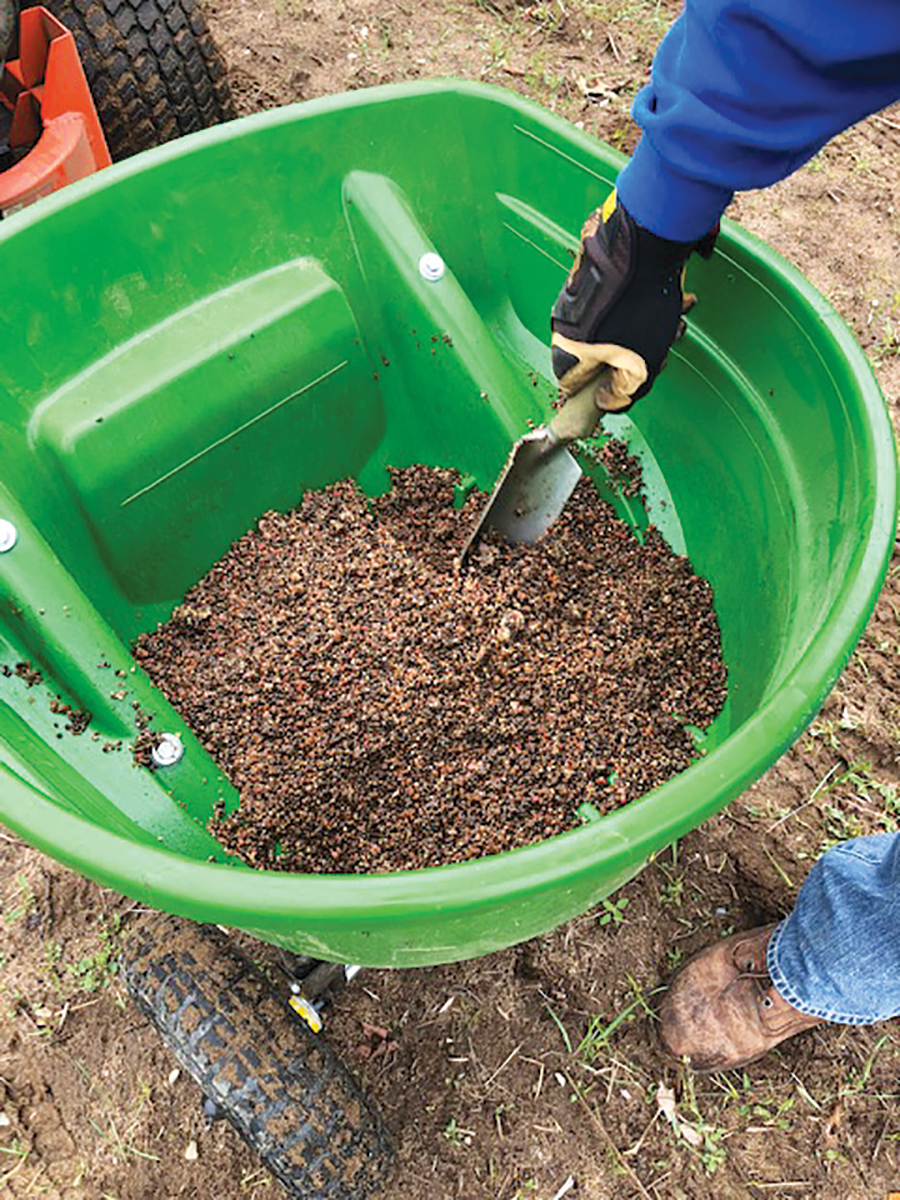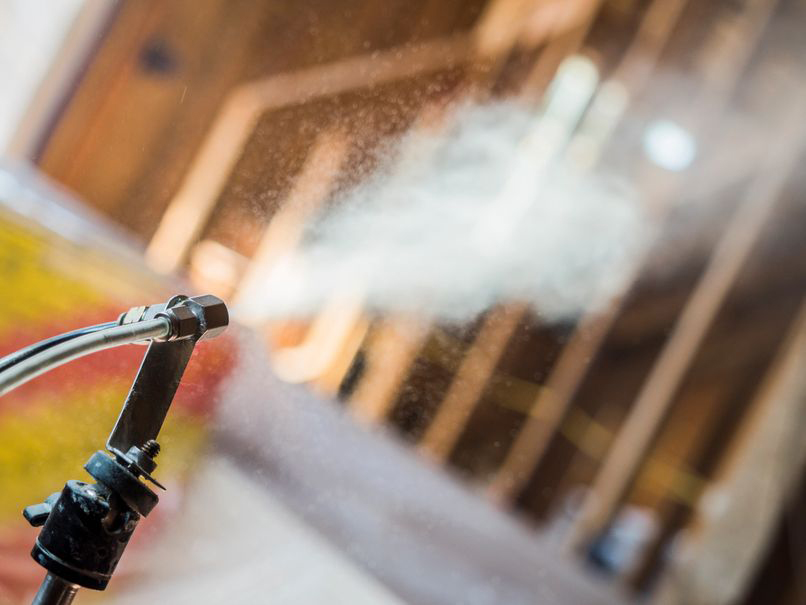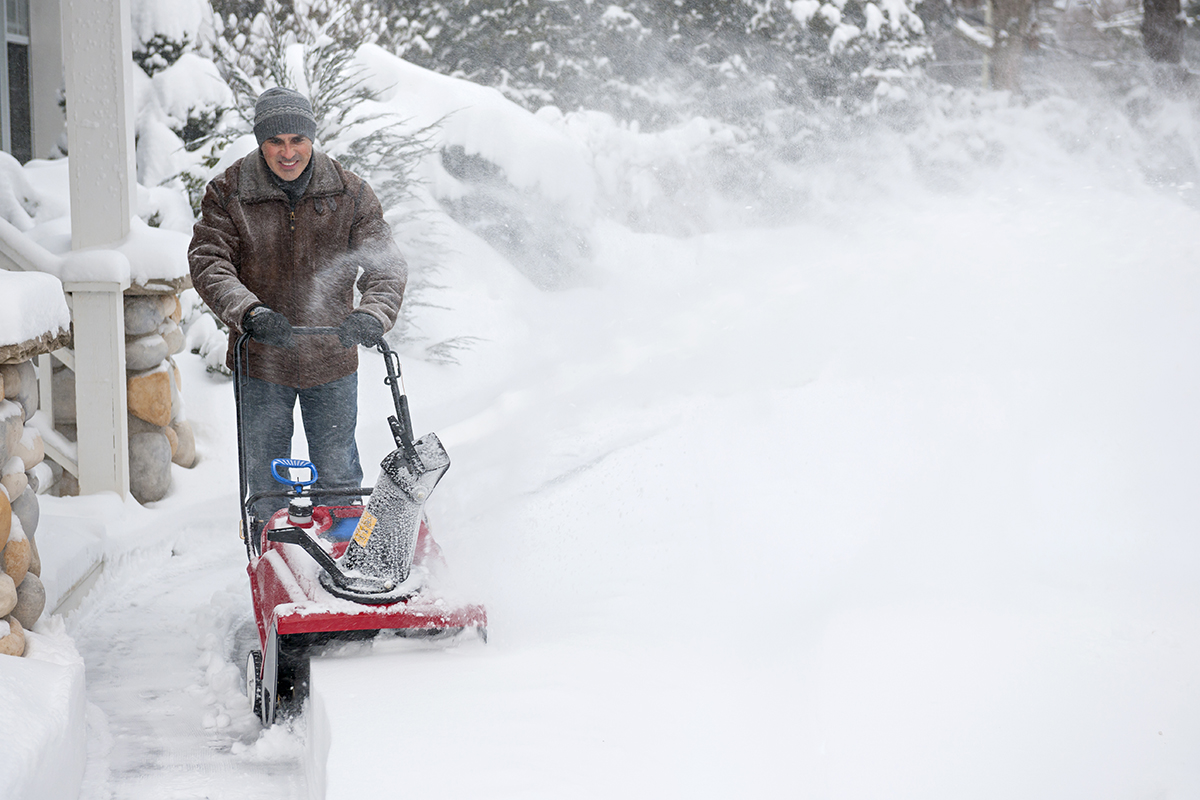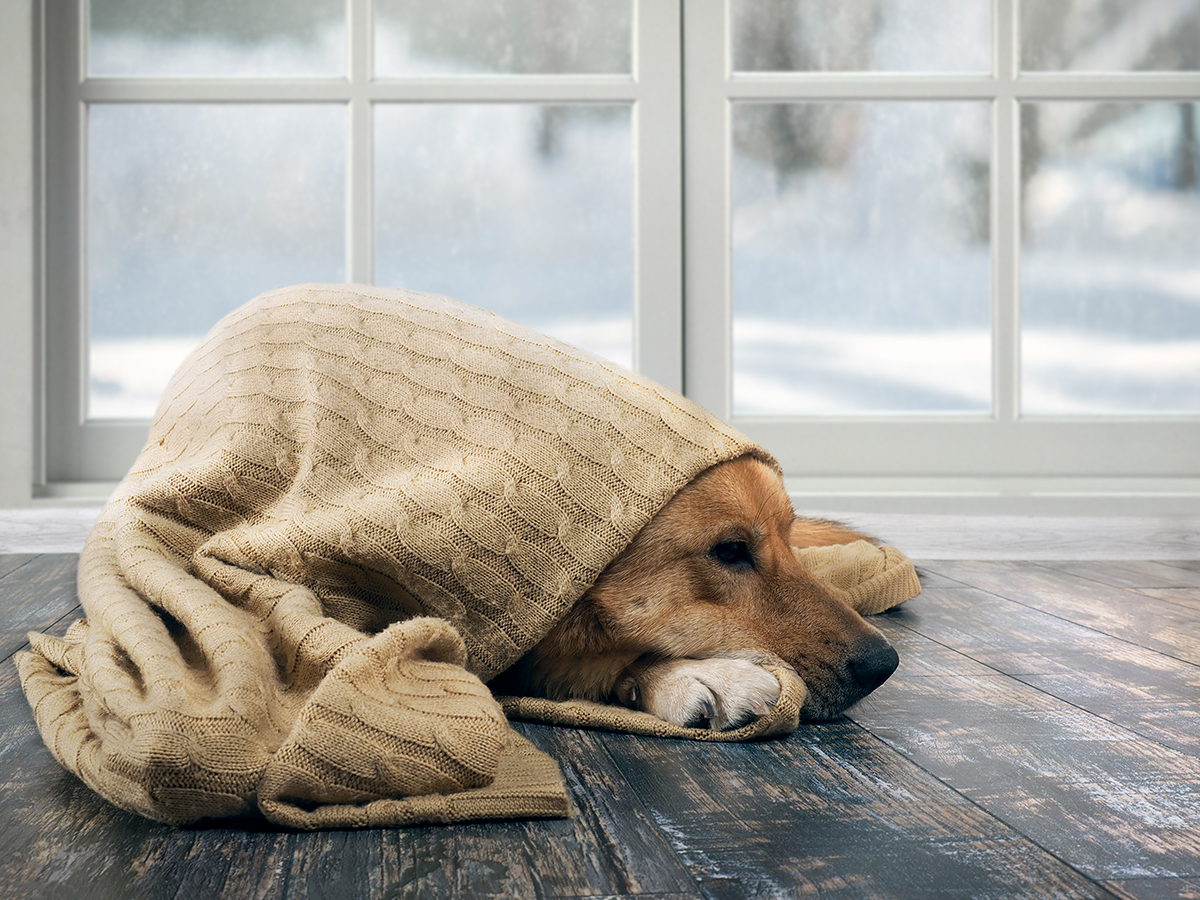WRITER AND PHOTO | JULIE FORD
For plants to thrive, knowing when to water and how much sun is needed is only part of the story. Growing healthy fruits, vegetables, flowers, shrubs, grasses, and trees requires a solid foundation of soil – an often misunderstood and overlooked requirement for creating beautiful gardens and landscapes.
Kalkaska sand, Michigan’s state soil, covers nearly one million acres and is found in both the Upper and Lower Peninsulas. Coniferous trees and hardwoods love it. Muck — wet, black, organic soil made up of highly decomposed material — is very rich in nitrogen and is scattered in both the Upper and Lower Peninsulas, and celery thrives in it. Plant hardwoods in muck or celery in Kalkaska sand, and neither will grow.
Topography, organisms, climate, the rock base below, and time determine the type of soil in a yard. Where one homeowner may have fertile soil with the perfect pH level to support a spectacular garden, another might be dominated by sand or clay. From small backyard orchard or sprawling lawn to perennial and vegetable gardens, testing the soil to understand its composition and the improvements it needs for optimum growing success is the first step to any planting project.
Luckily, figuring out what’s underfoot is easy. While there are soil test kits available in area stores, a local Michigan State University Extension Office will complete a far more in-depth soil test.
If you choose to have MSU test your soil, order test materials from their website or office and follow the instructions to mail samples in for testing. They recommend early spring and fall for testing in order to avoid longer wait times for results. You’ll receive an email link to the complete soil analysis of your samples, including levels of phosphorus, potassium, magnesium, and calcium; soil type and pH level; lime index; and percentage of organic matter. They will also explain how to remedy your soil to achieve the best possible nutrients and foundation for the desired use of the land. It’s easy to understand, and they provide contact information for follow-up questions.
After learning how to bring the soil to a level that satisfies the nutrient needs of your project, you’ll need to find a fertilizer with the suggested N-P-K (nitrogen, phosphorus, and potassium) ratio. Local stores typically stock the basic 10-10-10 fertilizer for flowers and vegetables, but serious garden centers and agricultural suppliers can help a homeowner with atypical fertilizer needs. When it’s time to apply the fertilizer, carefully follow the instructions on both the packaging and your soil test results for the best outcome.
Buying enough compost to improve areas lacking in organic matter can really add up. Instead, work ground-up leaves or kitchen compost into the soil. Do not use black walnut leaves, however, as they contain Juglone, a toxic growth-stunting substance.
Giving your plants the best possible chance at survival begins with understanding your soil. Plant this year’s garden or landscape project with confidence after getting the scoop on your soil and adding the suggested nutrients.








